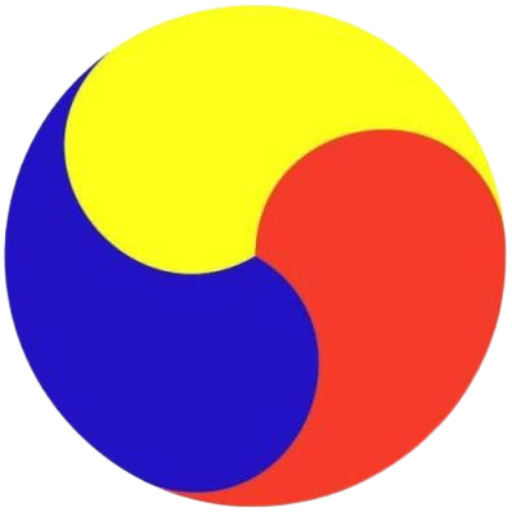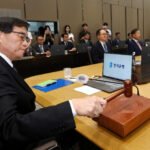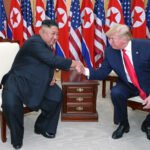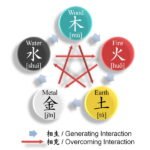Bundle of the US dollar and Japanese yen at Hana Bank headquarters in Seoul
South Korea’s financial assets in the US hit a record high last year due to the US stock market rally and Korean companies’ capital injection in the US clean energy and electric vehicle sectors, which are incentivized by the Inflation Reduction Act (IRA).
As of the end of 2023, Asia’s No. 4 economy held $1.91 trillion worth of overseas financial assets such as cash, savings and loans, according to the Bank of Korea on Tuesday.
The US is their favorite investment destination where 42.1% of the asset is located, the highest portion since the statistics were created for the first time in 2002.
Their US financial asset increased 16.5% on-year to $804.6 billion last year. The increase of $113.9 billion is the second-largest on record, after $152 billion in 2021, driven by Korean retail investors’ purchase of US stocks, according to the central bank.
(Graphics by Dongbeom Yun)
“Korean investors’ financial asset in the US exceeded $800 billion last year, after surpassing $600 billion in 2021 and $400 billion in 2019,” said Park Sung-gon, overseas investment statistics team head at BOK.
“Their holdings in the US securities, particularly stocks, have steadily increased amid high growth rate of share prices. Also, Korean conglomerates expanded their investment in US-based factories that could benefit from the IRA,” Park added.
Some $252.8 billion or 13.2% of the overseas financial assets were located in the European Union (EU) countries, Koreans’ second-favorite destination. Some $252.8 billion or 13% of the overseas assets were in Southeast Asia.
While the financial asset in the US and EU increased in 2023, the asset in China, the Middle East and Southeast Asia respectively fell 5.9%, 14.5% and 1.6% during the same period.
“Korea’s financial asset in China has decreased for two straight years due to deteriorating conditions for foreign investment, decline in Chinese stocks and slowdown in Korean exports to China,” said Park. “The asset in the Middle East has reduced as Korea released ($6 billion worth of) Iranian funds last year,” he added.
Korea and the US decided to release the funds for better economic and diplomatic relations with Tehran in May last year. The fund, which had been frozen in Korean banks since 2018, was transferred to Qatar via Switzerland last September under stringent conditions that Iran use the funds only for public purposes such as United Nations dues or purchasing COVID-19 vaccines.
Meanwhile, Korea’s overseas debt increased by 7.9% to $1.52 trillion as of the end of 2023.
Some 24.4% of the debt securities were in the US, followed by 21.7% in Southeast Asia and 16.2% in the EU.
Korea owned $1.13 trillion worth of US dollar-denominated financial assets, 59.2% of the offshore financial assets as of the end of 2023. The Asian country held $185.7 billion worth of euro-denominated ones, or 9.7%, and $108.6 billion worth of yuan-denominated ones, or 5.7% of the financial assets.
By Jin-gyu Kang
josep@hankyung.com
Jihyun Kim edited this article.















